Instead of fighter formations facing off head-on in dogfights, combat distances have been stretched by Beyond Visual Range (BVR) combat. This was proven by the aerial clash between the Indian and Pakistani Air Forces. So, what is BVR? Does it really change the way modern air combat is conducted?
BVR - Technology changing the way of air combat?
The BVR concept has been around since the 1950s, but after decades of testing and refinement, the reliability of modern weapons and radars was proven effective for this method of combat from the Gulf War (1991), when the US military's AIM-7 Sparrow and AIM-120 AMRAAM radar-guided air-to-air missiles demonstrated their ability to destroy targets from a distance of 50 - 100 km.
Dr. John Stillion, an expert at RAND Corporation, assessed that BVR is a combination of three elements: long-range missiles , multi-aperture radars and early warning systems. Technology has transformed air combat from face-to-face to "technological mind games".
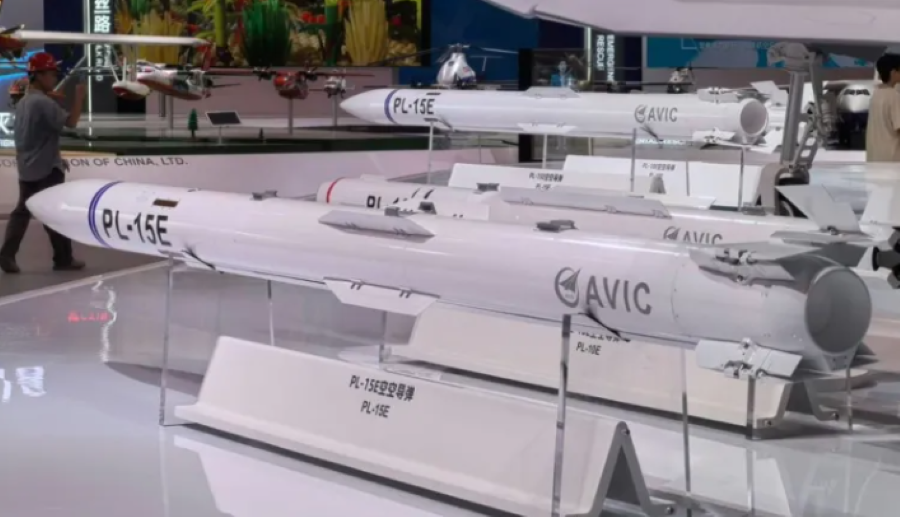 |
| Long-range air-to-air missiles are one of the elements that create BVR. Photo: Defense News |
Specifically, multi-aperture aviation radar allows fighter aircraft to monitor large spaces, track and capture dozens of targets at the same time with high accuracy.
For example, the AN/APG-81 radar on the fifth-generation fighter F-35 has a scanning range of 150km. Next are long-range air-to-air missiles such as the AIM-120D (US) with a range of 160km, the PL-15 (China) with a range of 200km, and the R-37M (Russia) with a range of 400km, providing the ability to attack targets at great distances. The most important is the C4ISR system (command, control, computers, intelligence, surveillance and reconnaissance, which helps increase situational awareness and coordination between aircraft and command centers in real time).
Military magazine Topwar quoted US Air Force Colonel John Boyd, author of the "OODA Loop" (observe - orient - decide - act) doctrine: "BVR optimizes the OODA loop. Modern pilots do not need to see the enemy in their line of sight. They fight based on data from sensors and the support of artificial intelligence (AI) technology."
Air combat tactics of the future?
According to the International Institute for Strategic Studies (IISS), BVR offers many advantages over traditional air combat. This has been demonstrated in conflicts in Ukraine and most recently in the conflict between Pakistan and India.
BVR helps reduce risks for pilots by increasing the ability to attack from a distance, helping the aircraft avoid entering the enemy's air defense zone. During the war against terrorism in Syria (2018), Russian Su-35 fighter jets repeatedly used radar to "lock" Israeli F-16 aircraft from a distance of 80km to force the enemy to abandon the mission.
Carrying a radar with a large scanning range not only serves BVR, but also helps fighter aircraft cover a large airspace. For example, the Russian Mig-31 can cover a space of up to 400km, or the American F-22 with active phased array radar can scan a space of more than 300km with high accuracy.
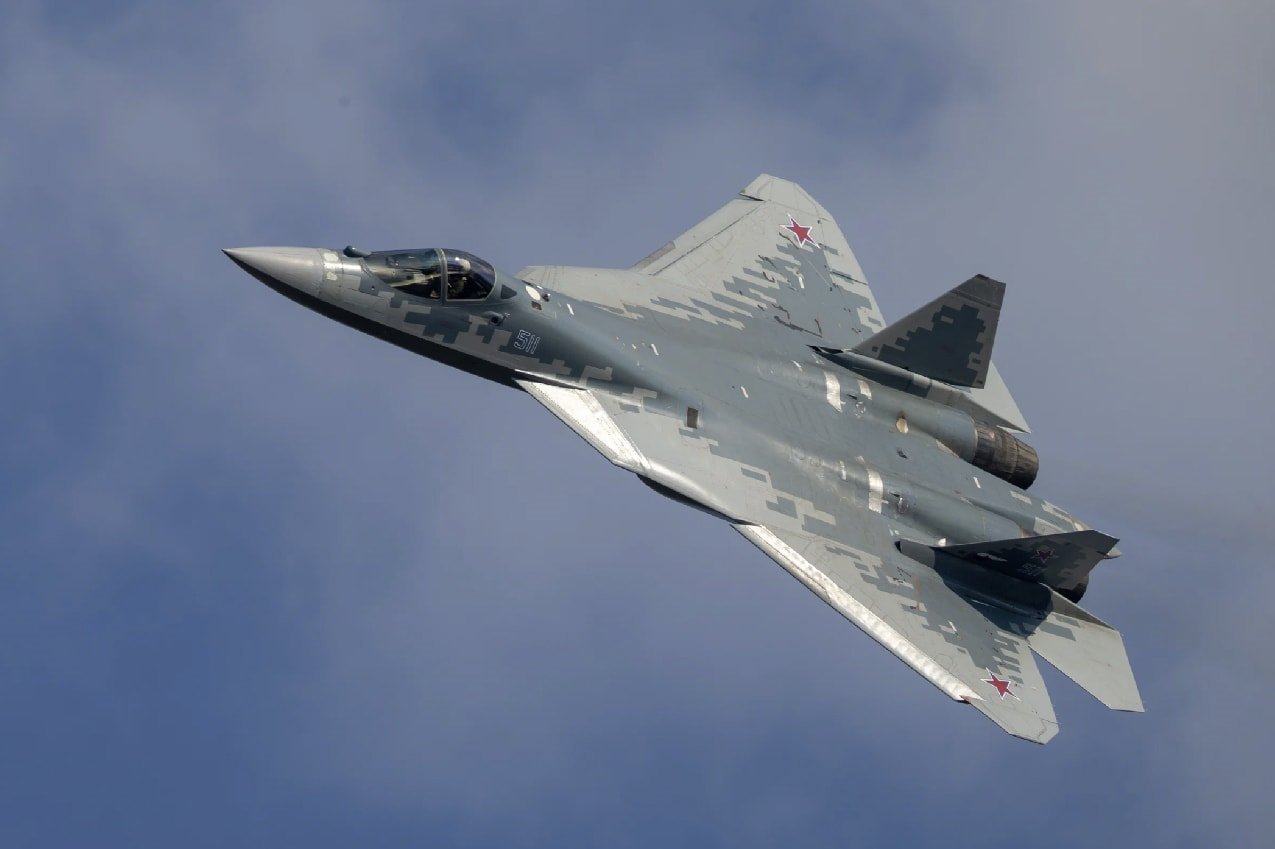 |
| All modern fighter aircraft are equipped with BVR technologies. Photo: Rian |
Russian news site Lenta quoted Indian Air Force Major General Rakesh Singh as saying: "The 2019 air battle between India and Pakistan showed that although Pakistan's F-16s had a maneuver advantage, the lack of BVR missiles left them overwhelmed by the Su-30MKI in terms of range."
In addition, data link systems such as Link 16 (NATO) or Beidou (China) allow an airborne early warning and control aircraft (AWACS) to coordinate multiple aircraft at the same time at a distance of hundreds of kilometers. During the Red Flag 2022 exercise, the US Air Force's F-35 aircraft tried to act as a "brain", sharing targets with the F-15EX and the Loyal Wingman UAV to attack simulated targets from multiple directions.
BVR is not everything
True to the “contradiction” relationship in the development of weapons, tactics and methods of deterrence, BVR is not without weaknesses. The emergence of electronic warfare systems equipped on specialized aircraft or modules installed on fighter aircraft reduces the effectiveness of BVR.
Jamming systems such as Khibiny-M (Russia) or AN/ALQ-254 (USA) can disable enemy radars and missiles. Dr. David Deptula, former Commander of the US Air Force, admitted: "In the 2020 test, the F-22 had difficulty confronting the Su-57 equipped with the EW L402 Himalayas system. The F-22's AESA radar had a 70% reduction in combat performance."
At the same time, the dependence on technology makes it difficult to identify “friends and foes” on the battlefield. Any error in the machine can lead to disaster. There have been many cases of air defense systems or fighter planes mistakenly shooting at friendly units because the sensor system did not recognize the target.
Another factor to consider is the high cost. Each BVR missile costs between $1 million and $3 million, while the actual kill rate is only 30-50%. "If the enemy uses cheap UAVs to simulate signals as bait, BVR will become a "costly punch in the air", military expert Justin Bronk commented.
 |
| Humans are still the most important factor in air combat, despite great advances in technology. Photo: Topwar |
Dr. Lora Saalman, an expert at the Stockholm International Peace Research Institute (SIPRI), commented: "BVR changes the philosophy of war: Instead of destroying the enemy, it aims to control the airspace and impose deterrence. However, the history of air combat from the Falklands (1982) to Nagorno-Karabakh (2020) proves: No matter how high technology is, it cannot replace the skills of pilots and flexible tactics."
BVR will continue to be an air combat tactic, but to master it, countries must balance investment in technology and human resources. This is not an easy problem to solve!
TUAN SON (synthesis)
* Readers are invited to visit the World Military section to see related news and articles.
Source: https://baodaknong.vn/khong-chien-ngoai-tam-nhin-va-ky-nang-cua-phi-cong-trong-tac-chien-khong-quan-hien-dai-252182.html







![[Photo] Cutting hills to make way for people to travel on route 14E that suffered landslides](https://vphoto.vietnam.vn/thumb/1200x675/vietnam/resource/IMAGE/2025/11/08/1762599969318_ndo_br_thiet-ke-chua-co-ten-2025-11-08t154639923-png.webp)








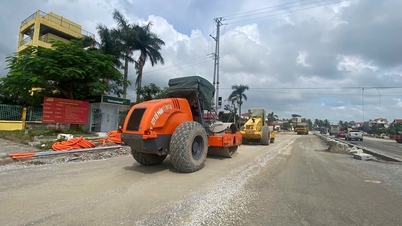









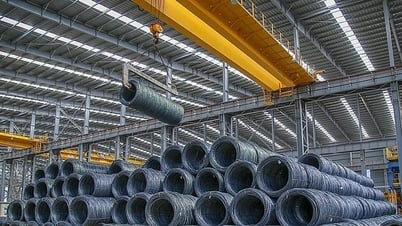

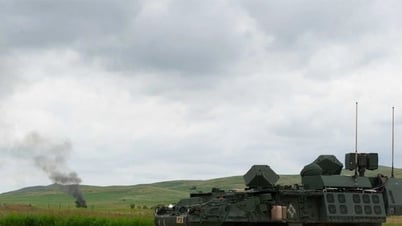









![[Video] Hue Monuments reopen to welcome visitors](https://vphoto.vietnam.vn/thumb/402x226/vietnam/resource/IMAGE/2025/11/05/1762301089171_dung01-05-43-09still013-jpg.webp)
































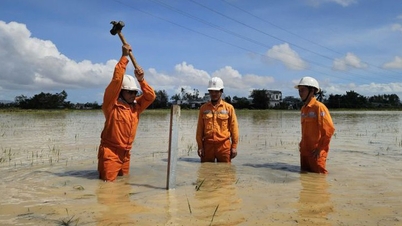



































Comment (0)